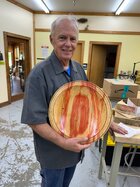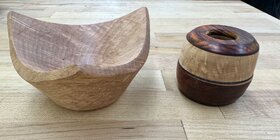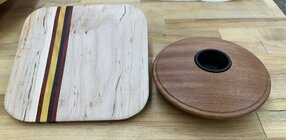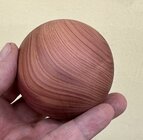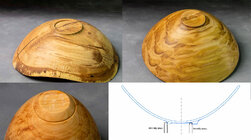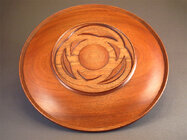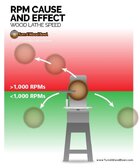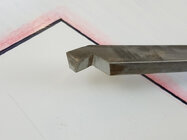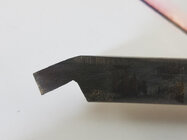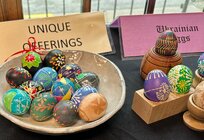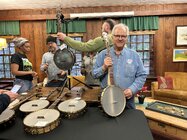I had the great pleasure last week to take a one week class in woodturning at the JC Campbell Folk School in Brasstown, North Carolina. First of all what a great place. There are dedicated studios for every craft. Maximum class sizes are 10. The Woodturning studio has 11 Powermatics with each station set up with a work bench and tool rack with all the tools and chucks you may need. (You can bring your own tools if you prefer.) A lot of emphasis was given to tool sharpening, tool selection and specifically how to ride the bevel and use the bevel to achieve a surface without tear out.
We also spent time discussing turning speed. A subject on which there are so many different opinions. Basically our instructor summarized it this way: low speed for sanding higher speeds for turning. And by higher speeds he defined it as turning at a speed you are comfortable with. He did the majority of his turning at speeds between 1200 and 1700 rpm’s. His work was beautiful! As someone who typically turned between 800 - 1000 rpm this was a revelation to me. A second key learning was his preference for mortises over tenons. And his mortises varied from 3/16 - 5/16 max. This made finishing a bowl with a completed bottom so easy. I had always been digging out mortises as deep as the jaws would go. And I used tenons much more frequently than mortises because they seemed easier to me. Here are some photos of work I completed in the class.
We also spent time discussing turning speed. A subject on which there are so many different opinions. Basically our instructor summarized it this way: low speed for sanding higher speeds for turning. And by higher speeds he defined it as turning at a speed you are comfortable with. He did the majority of his turning at speeds between 1200 and 1700 rpm’s. His work was beautiful! As someone who typically turned between 800 - 1000 rpm this was a revelation to me. A second key learning was his preference for mortises over tenons. And his mortises varied from 3/16 - 5/16 max. This made finishing a bowl with a completed bottom so easy. I had always been digging out mortises as deep as the jaws would go. And I used tenons much more frequently than mortises because they seemed easier to me. Here are some photos of work I completed in the class.

